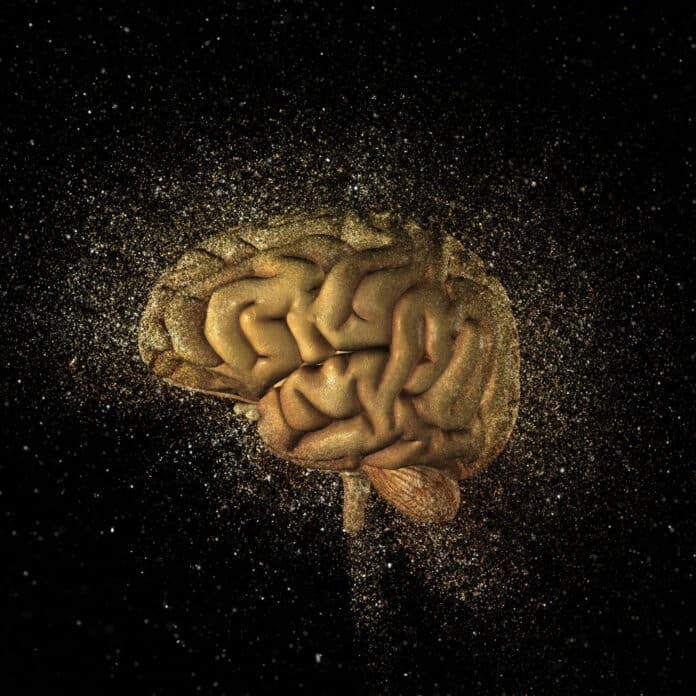In the past ten years, researchers studying neurologic disorders have looked into using human brain organoids instead of rodent models. Compared to traditional two-dimensional cultures, these self-assembled, 3D tissues made from embryonic or pluripotent stem cells mimic the complex brain structure more accurately.
Until recently, Matrigel, a compound generated from mouse sarcomas, was frequently utilized in the designed network of proteins and chemicals known as extracellular matrices that give shape to the cells in brain organoids. Due to its batch-to-batch unpredictability and very ill-defined composition, that approach has serious drawbacks.
Scientists at the University of Michigan developed a method to produce artificially grown miniature brains — called human brain organoids — free of animal cells that could greatly improve how neurodegenerative conditions are studied and, eventually, treated.
The study provides a solution for Matrigel’s drawbacks. Researchers developed a brand-new culture technique that boosts neurogenesis in human brain organoids compared to earlier research and uses an engineered extracellular matrix for human brain organoids.
Senior author Joerg Lahann, Ph.D., director of the U-M Biointerfaces Institute and Wolfgang Pauli Collegiate Professor of Chemical Engineering at U-M, said, “This advancement in the development of human brain organoids free of animal components will allow for significant strides in the understanding of neurodevelopmental biology.”
“Scientists have long struggled to translate animal research into the clinical world, and this novel method will make it easier for translational research to make its way from the lab to the clinic.”
Human fibronectin, a protein that acts as a native structure for stem cells to adhere to, differentiate, and mature, is the basic extracellular matrix of the study team’s brain organoids. An extremely porous polymer scaffold served as their support. The organoids were cultivated for months while the COVID-19 pandemic prevented lab employees from entering the building.
Using proteomics, researchers discovered cerebral spinal fluid in their brain organoids, a transparent fluid that surrounds healthy brains and spinal cords. Compared to groundbreaking research of human brain organoids created in Matrigel, this fluid more closely matched human adult CSF.
First author Ayşe Muñiz, Ph.D., who was a graduate student in the U-M Macromolecular Science and Engineering Program at the time of the work, said, “When our brains are naturally developing in utero, they are, of course, not growing on a bed of extracellular matrix produced by mouse cancer cells.”
“By putting cells in an engineered niche that more closely resembles their natural environment, we predicted we would observe differences in organoid development that more faithfully mimics what we see in nature.”
Co-author Eva Feldman, M.D., Ph.D., director of the ALS Center of Excellence at U-M, and James W. Albers, Distinguished Professor of Neurology at U-M Medical School, said, “The success of these xenogeneic-free human brain organoids opens the door for reprogramming with cells from patients with neurodegenerative diseases.”
“There is a possibility to take the stem cells from a patient with a condition such as ALS or Alzheimer’s and, essentially, build an avatar mini brain of that patient to investigate possible treatments or model how their disease will progress. These models would create another avenue to predict disease and study treatment on a personalized level for conditions that often vary greatly from person to person.”
Journal Reference:
- Tuğba Topal, Ph.D., Michael D. Brooks, Ph.D., Angela Sze, Do Hoon Kim, Jacob Jordahl, Ph.D., Joe Nguyen, Ph.D., Paul H. Krebsbach, D.D.S., Ph.D., Masha G. Savelieff, all of University of Michigan. Engineered extracellular matrices facilitate brain organoids from human pluripotent stem cells,” Annals of Clinical and Translational Neurology. DOI: 10.1002/acn3.51820
